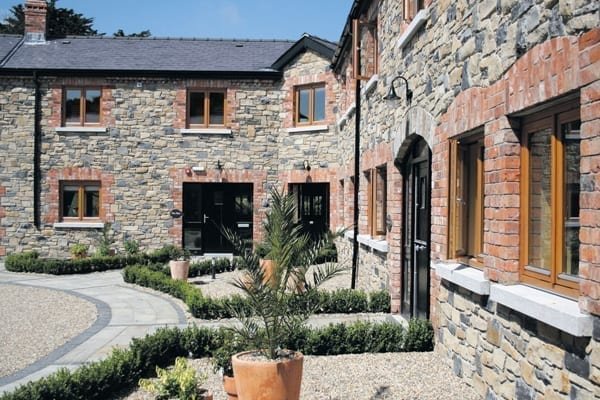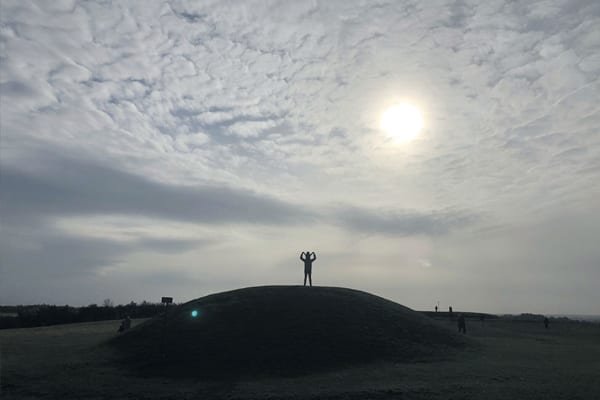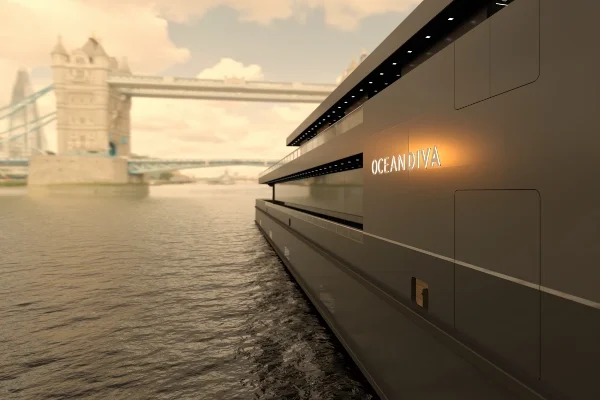This article first appeared in our winter ’19 issue of MyGreenPod Magazine, The Love Revolution, distributed with the Guardian on 22 February 2018. Click here to subscribe to our digital edition and get each issue delivered straight to your inbox
When we visited the Boyne Valley in County Meath on 02 November 2018, we were completely unaware that we couldn’t have timed the trip more perfectly.
It was a family holiday for seven – three generations – to Decoy Country Cottages, a group of eight boutique self-catering cottages in Navan.
The fantastic rural location is just 30 minutes from the centre of Dublin and just over 30 miles from the port. We travelled by ferry as we wanted to be able to explore the area by car; we’d been encouraged to immerse ourselves in the local culture, though what exactly that meant remained a mystery until we arrived in Meath and found we had entered ‘The Home of Halloween’.
Evidence of celebrations hung in the air as we turned quietly into the entrance and through to the courtyard of Decoy Country Cottages. A pirate ghost fluttered eerily on the gate and each of the cottage doors had been dressed with a ghoul. The moon was up and an owl hooted – perhaps at the sight of equally wide-eyed guests.
Signs on the road had alerted us to Spirit of Meath Halloween Festival events taking place all over County Meath from 06 October to 04 November, but we had no idea why the period was so extended or significant.
Research began before we’d even looked at our rooms or taken in the house that would be our home for the week – and the more we read, the more fascinated we became.
Kings, ghosts and ancient sites
In the 17th century, historian Geoffrey Keating described a hilltop fire that took place in Meath on Samhain, the Celtic New Year and the pre-Christian forerunner of Halloween.
Archaeologists have since discovered evidence of intense burning on the Hill of Ward – or Tlachtga, as it was formerly known – dating back to 500 AD. This ancient ritual site was the centre of Celtic religious worship over 2,000 years ago, and the fire festival that took place there signalled the arrival of winter.
Samhain marked the division between the lighter (summer) and darker (winter) halves of the year; by lighting winter fires, early man was trying to aid the noticeably weaker sun on its journey across the skies.
This was also the time at which the barriers between worlds would fall away, allowing spirits to pass through. With the sun in the underworld, the Lord of the Dead – along with various ghosts and fairies – were free to walk the Earth. People used costumes and masks to disguise themselves, hoping they’d be left alone by any harmful spirits that slipped through the veil.
The Hill of Ward is just 15 minutes’ drive from Decoy Country Cottages – but just 15 minutes in the other direction is another equally impressive site that has managed to overshadow its fascinating neighbour.
Just 12 miles away from the Hill of Ward is the Hill of Tara: seat of The High Kings of Ireland and, as the gateway to the otherworld, the sacred dwelling place of the gods. According to some, the Hill of Tara is also the ancient capital of the lost kingdom of Atlantis.
155 metres above sea level, the views from the Hill of Tara are breathtaking, covering by some estimations a quarter of Ireland’s landscape. The elevation may also explain why this was such an important ritual and political site.
In total around 30 monuments remain visible on the summit, though a similar number of constructions have also been detected beneath the surface. A standing stone, the Lia Fáil (‘Stone of Destiny’), was the coronation stone of the Kings of Tara. According to tradition, when a true Irish or Scottish King placed a foot on Lia Fáil it roared to announce his rightful reign.
The oldest visible monument, a passage tomb named ‘The Mound of the Hostages’, dates from around 3,000 BC, making it older than the pyramids.
Newgrange and megalithic art
We hadn’t expected to encounter structures that pre-date the pyramids during our visit to the Boyne Valley, but it turned out the Hill of Tara had company. We headed next to Newgrange, a 5,200-year-old passage tomb built by Stone Age farmers, that covers roughly an acre of land near Navan. Older than both Stonehenge and the Great Pyramid of Giza, this World Heritage Site was just a 20-minute drive from our cottage.
The circular mound is 85 meters in diameter and 13.5 meters high, and contains a 19 meter stone passageway with chambers. It’s surrounded by 97 kerbstones, some of which are decorated with megalithic art.
 Play Video about This Rock Might Just Save The World
Play Video about This Rock Might Just Save The World Play Video about Play 2 hours of rock
Play Video about Play 2 hours of rock Play Video about Play 2 hours of brook
Play Video about Play 2 hours of brook Play Video about Play 2 hours of sheep
Play Video about Play 2 hours of sheep















































